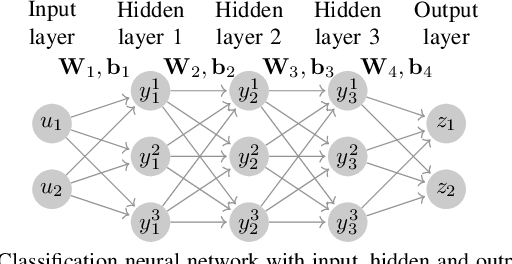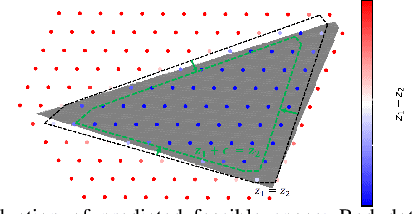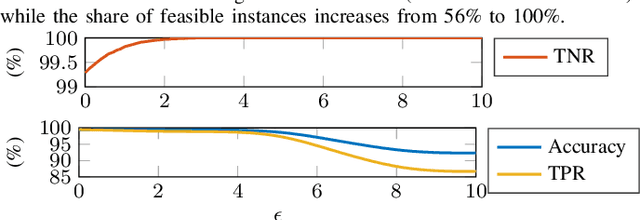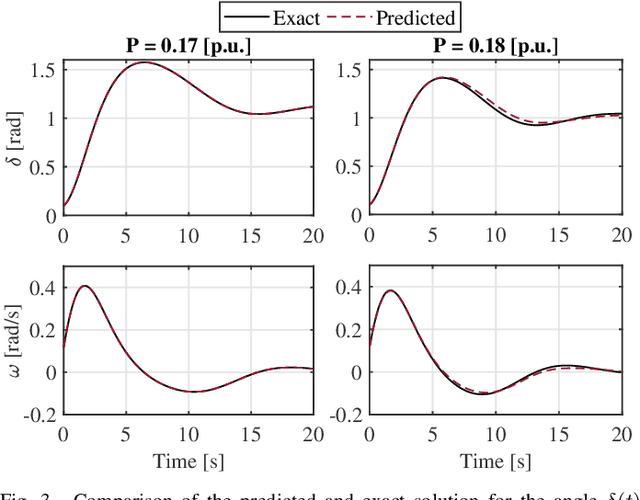George S. Misyris
Physics-Informed Neural Networks for Non-linear System Identification applied to Power System Dynamics
Apr 08, 2020



Abstract:Varying power-infeed from converter-based generation units introduces great uncertainty on system parameters such as inertia and damping. As a consequence, system operators face increasing challenges in performing dynamic security assessment and taking real-time control actions. Exploiting the widespread deployment of phasor measurement units (PMUs) and aiming at developing a fast dynamic state and parameter estimation tool, this paper investigates the performance of Physics-Informed Neural Networks (PINN) for discovering the frequency dynamics of future power systems and monitoring the system inertia in real-time. PINNs have the potential to address challenges such as the stronger non-linearities of low-inertia systems, increased measurement noise, and limited availability of data. The estimator is demonstrated in several test cases using a 4-bus system, and compared with state of the art algorithms, such as the Unscented Kalman Filter (UKF), to assess its performance.
Neural Networks for Encoding Dynamic Security-Constrained Optimal Power Flow to Mixed-Integer Linear Programs
Mar 30, 2020



Abstract:This paper introduces a framework to capture previously intractable optimization constraints and transform them to a mixed-integer linear program, through the use of neural networks. We encode the feasible space of optimization problems characterized by both tractable and intractable constraints, e.g. differential equations, to a neural network. Leveraging an exact mixed-integer reformulation of neural networks, we solve mixed-integer linear programs that accurately approximate solutions to the originally intractable non-linear optimization problem. We apply our methods to the AC optimal power flow problem (AC-OPF), where directly including dynamic security constraints renders the AC-OPF intractable. Our proposed approach has the potential to be significantly more scalable than traditional approaches. We demonstrate our approach for power system operation considering N-1 security and small-signal stability, showing how it can efficiently obtain cost-optimal solutions which at the same time satisfy both static and dynamic security constraints.
Physics-Informed Neural Networks for Power Systems
Dec 22, 2019


Abstract:This paper introduces for the first time, to our knowledge, a framework for physics-informed neural networks in power system applications. Exploiting the underlying physical laws governing power systems, and inspired by recent developments in the field of machine learning, this paper proposes a neural network training procedure that can make use of the wide range of mathematical models describing power system behavior, both in steady-state and in dynamics. Physics-informed neural networks require substantially less training data and result in much simpler neural network structures, while achieving high accuracy. This work unlocks a range of opportunities in power systems, being able to determine dynamic states, such as rotor angles and frequency, and uncertain parameters such as inertia and damping at a fraction of the computational time required by conventional methods. This paper focuses on introducing the framework and showcases its potential using a single-machine infinite bus system as a guiding example. Physics-informed neural networks are shown to accurately determine rotor angle and frequency up to 87 times faster than conventional methods.
 Add to Chrome
Add to Chrome Add to Firefox
Add to Firefox Add to Edge
Add to Edge